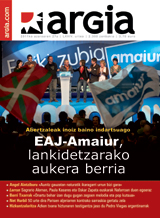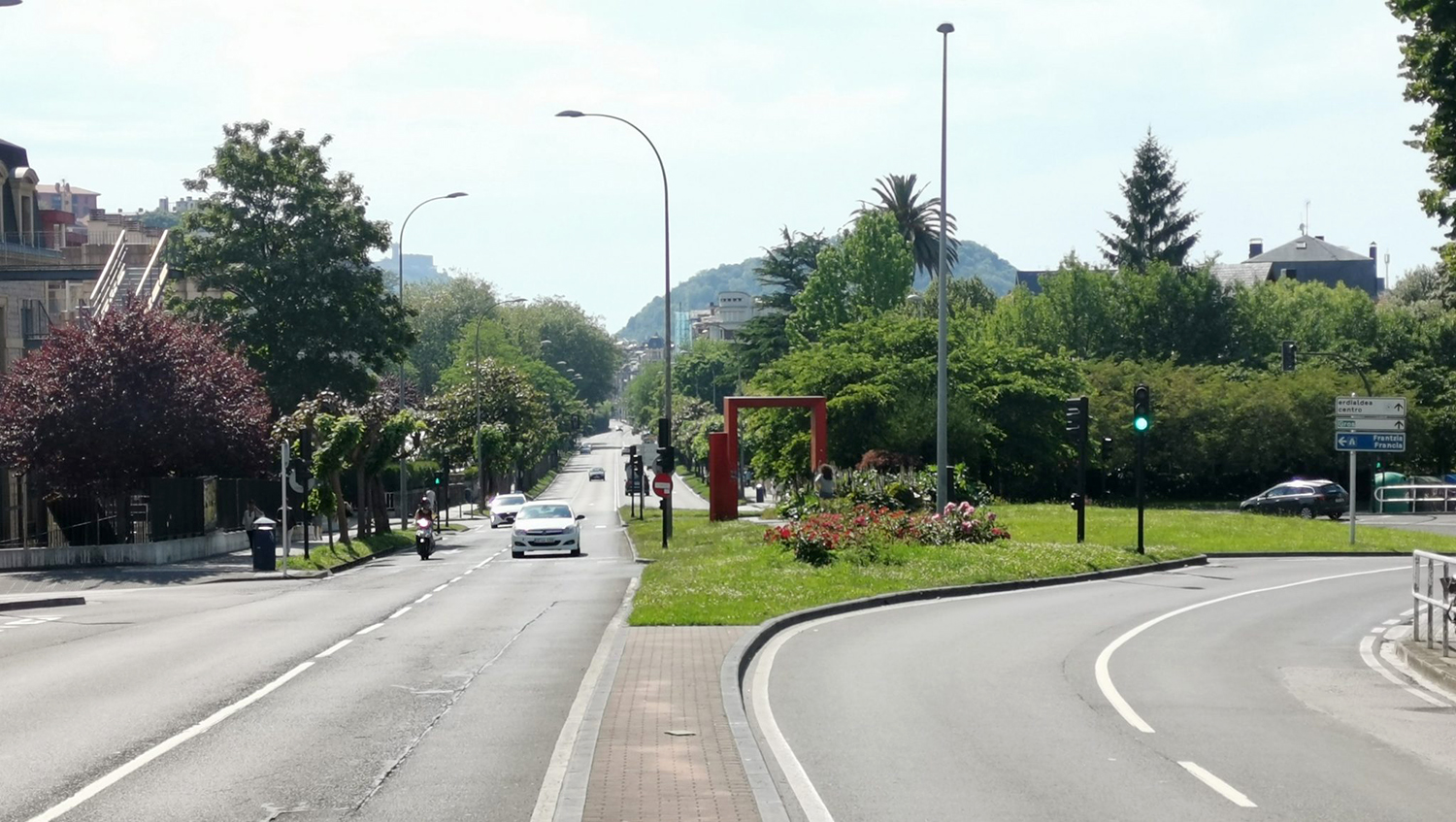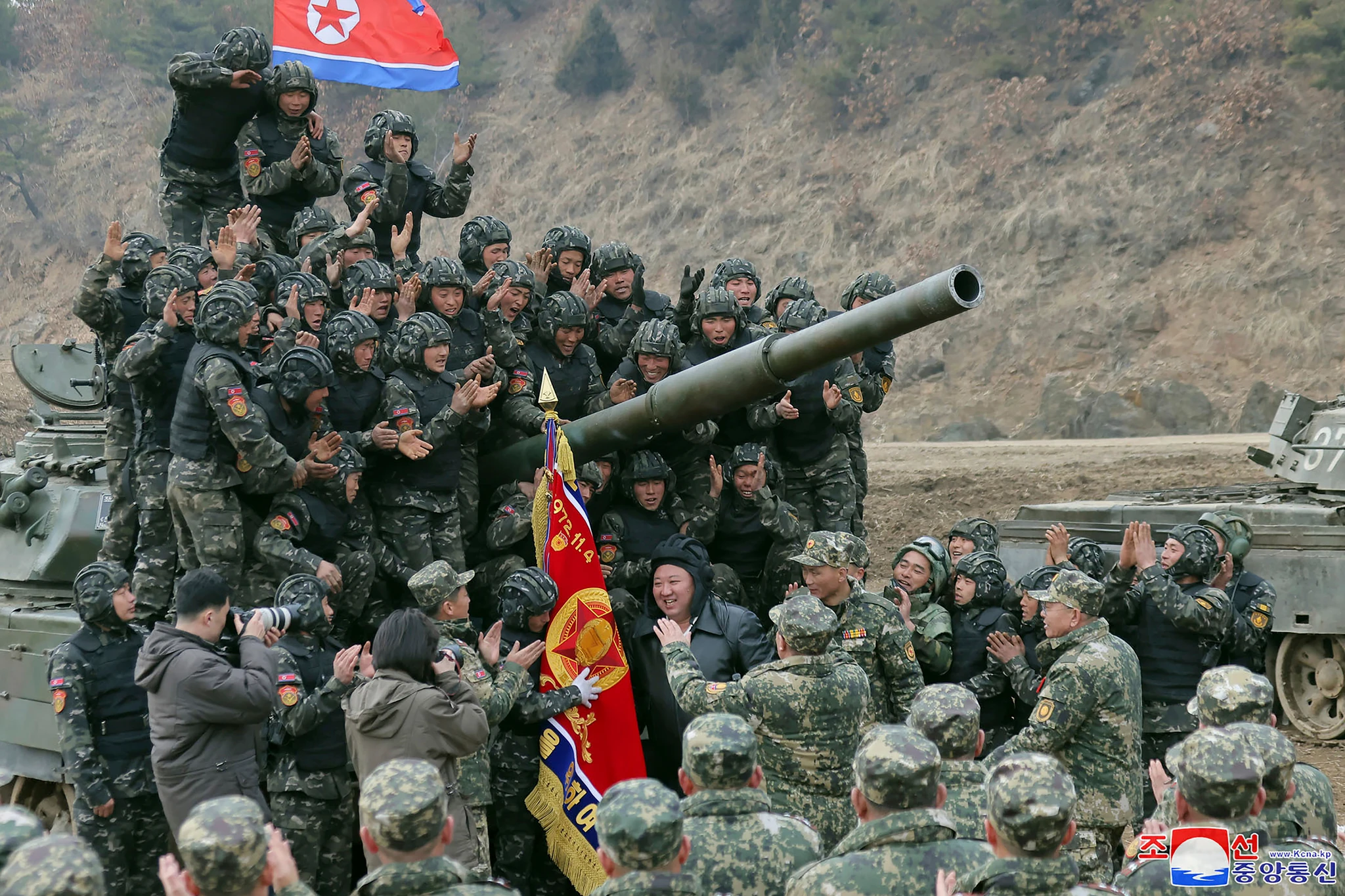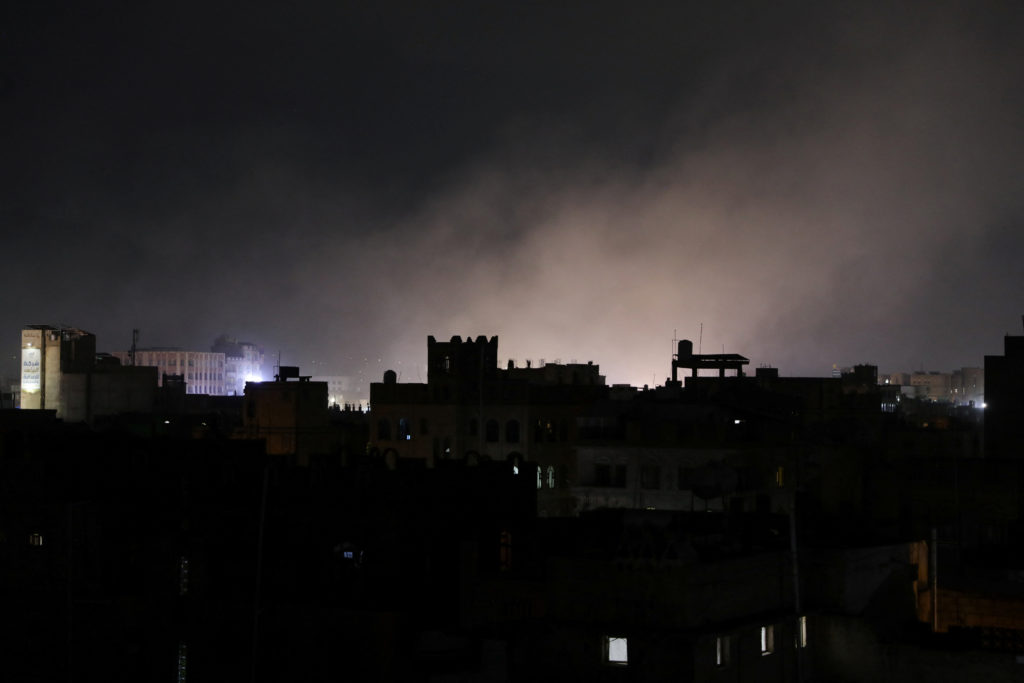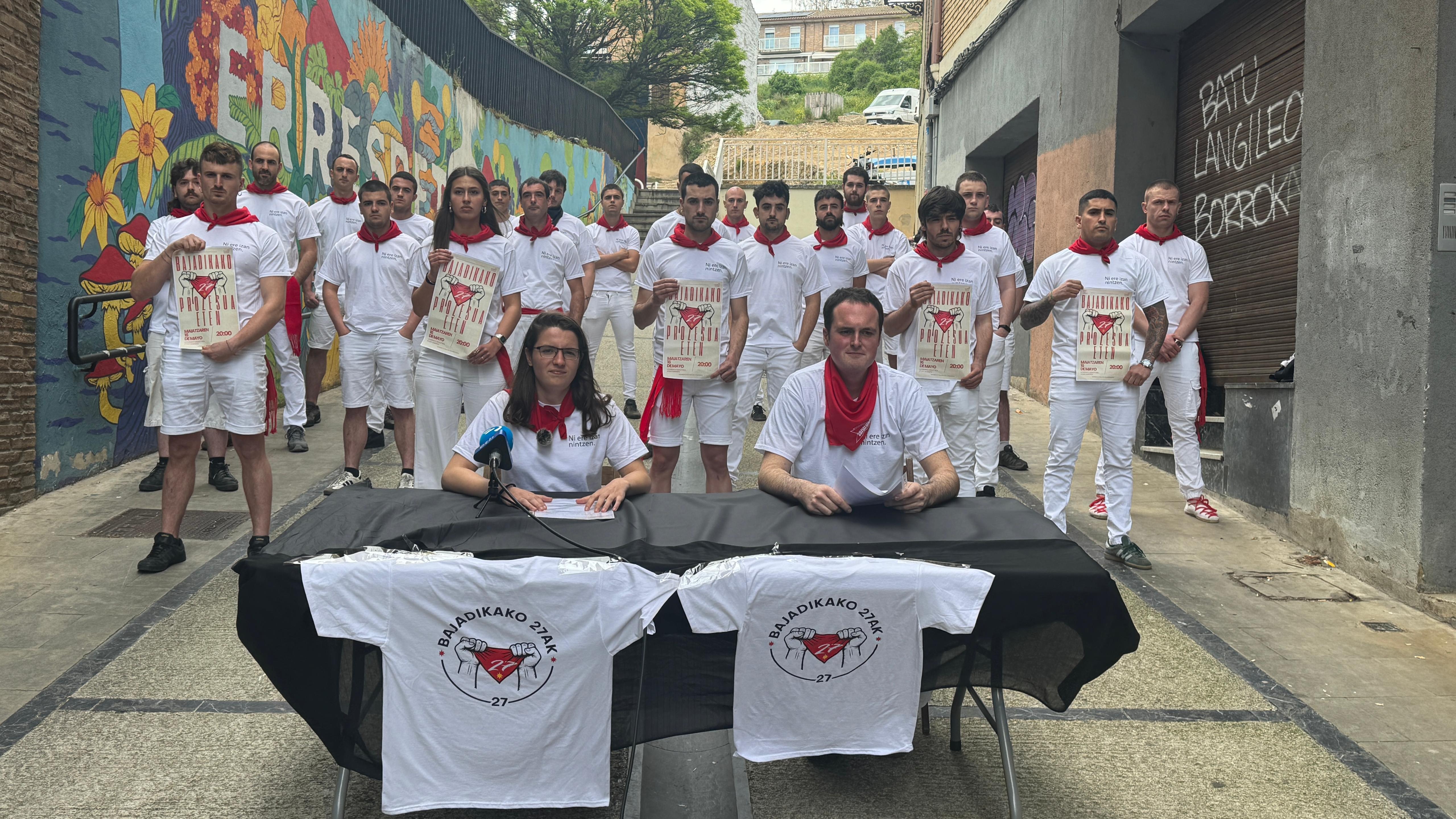"Don Blas's greatest illusion is to find a conversation mate."
- Pedro Viegas read in the newspaper that Don Blas, the joker, was looking for a friend to talk. The experts considered that the Txana language had disappeared in the 19th century. He has had long conversations with Don Blas to show that he speaks the Chana language.
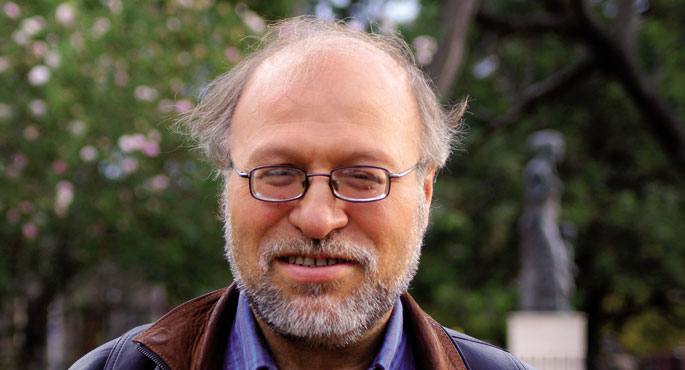
What place have indigenous languages historically taken in Argentina?
The conquerors violently crushed indigenous peoples and the contempt for indigenous cultures took another step with the creation of the Argentine State. Following the model of European states, he established a monolingual and monolingual model. Therefore, an attempt was made to hide the presence of indigenous people in population censuses and there are no data on the number of indigenous people. The official history has sought to erase the indigenous people, and school books always talk about them in the past, as if they did not live.
Do we know how many indigenous people live in Argentina?
An additional survey of indigenous peoples was opened in the 2001 census. According to the data obtained, they live around 600,000 indigenous people from more than 40 countries. However, this data has been the subject of many criticisms, and it is well known that many indigenous people have not provided their personal data. There are still many who fear to reveal their identity and do not recognize themselves as indigenous. So, it's an estimate.
How many languages are spoken in Argentina?
The languages we know, including those that are spoken and those that have disappeared, are 32. Therefore, there is a difference with the number of peoples currently living in Argentina. We know nothing about the languages that some of these peoples had. Of those we know, there are 15 who have come alive to this day, and as for the number of speakers there are many differences. For example, the most speakers have are the Quechua of Santiago (60.000-100,000 speakers), the Mapuche language (40.000-60,000 speakers) and the Toba language (36.000-60,000). On the contrary, the smaller ones include tapicete (380), chulupi (250) and chorizo (1,200-2,100). In addition, there are three languages that only have one speaker: vilela, teuelche and chaná.
You've been studying the Txana language. It was thought to be a long gone language. How did you find out that there was a speaker?
Don Blas – whose full name is Blas Wilfredo Omar Jaime – went to the radio of his city. It is a neighbor of the city of Parana, capital of the province of Entre Ríos, and is 77 years old. His older brother had just died, his mother had died for 20 years, and he called the radio to ask him if there were any speakers of "Txana." He searched for a friend to be able to speak in his language and I contacted him when I saw the news in the newspaper. Since then, I have collected your testimony for seven years.
One of the few previous documents on the quotation was written by the Uruguayan priest Aita Larrañaga, of 1815. Larrañaga remembers that by then there were already few speakers and it was believed that it was a missing language in the middle of the 19th century, but women have kept it secret by transmitting it to their daughters and grandchildren. Women were in charge of preserving and transmitting culture.
And how did Don Blas learn the language?
His mother taught him. When her only sister passed away as a child, her mother asked her that she had no other person with whom to convey the language and whether she wanted to learn. Don Blas was then 14-15 years old. Although he accepted and began working at the age of a few years, every time he visited his mother, in addition to the Txana language, he received knowledge about stories, history and nature of his people. Don Blas thought that, like him, others would also receive the language of his mother, but at the moment no one has appeared.
It must be hard to know that you are the last support of your culture. How does Don Blas live in this situation?
He says he feels great weight on himself, and every time he teaches a word, he takes a stone out of that sack that he carries on his shoulder. He now teaches language classes once a week. It has a dozen students, but none of them are village, and it's hard for those who learn to use the language and pass it on to their descendants.
As is usually the case in younger speakers, it is difficult to recognize that it does not remember some things. For example, when I wanted to know how to say “inside something”, I asked him how he would say “the potatoes are inside the pot.” He replied that I had only to raise the lid of the pot to say something. Then I asked him how he would say that “the dog is inside the house” and he who is not, that the chan would never let the dog enter into the house. Therefore, I wondered how to say “the dog is in the yard” and I was told that it makes no sense to say so.
Their biggest illusion is to find a conversation friend to compare their memories. We have heard a lot of rumours and we have made more than ten trips together, but so far we have not found anyone to remember the vest.
What's the work you've done with Don Blas?
My main task has been to collect the testimony of Don Blas and, above all, to scientifically demonstrate the truthfulness of his testimony. Over time, Don Blas has been able to remember more things. Within seven years he has maintained a reasonable, complex testimony. Therefore, and due to the relationship between what Don Blas recalled and the turn of the past, as well as the similarities it has with the other languages of the family, it can be said that the testimony is true.
What opportunities do the languages that are in a situation similar to that of Chana, Vilela and Teuelche have so as not to disappear?
It's very difficult to survive. If the members of those countries do not learn, it is almost certain that it will not be passed on from generation to generation. For most linguists, documentation is the resource left in the case of the languages of less than 20 speakers, the work of describing heritage as faithfully as possible to those who come. The desire to maintain the language must be born of the members of the cultural community, if not in vain. Any initiative coming from outside will always be understood as imposition, provided that the will of its members does not exist in the past.
In addition, we must take into account the consequences of globalisation. Half of the 7,000 languages in the world are expected to disappear within 100 years. There are many languages that have ten or fewer speakers, and culture is often marginalised by the belief that they are less.
In Argentina, many peoples have lost their language. What has happened to these peoples? What about a culture when it loses language?
A people without language is a people without culture. In the case of some peoples living in Argentina, having lost their own language, they have acquired the language of another indigenous people. For example, all the indigenous peoples of the province of Santiago del Estero have made a quechua in their language. In the northern provinces, on the other hand, diagnoses have learned ketxu, since its native language, kakán, has disappeared. They want to reclaim the old habits of culture, but without language it's very difficult. The people of Henia, for example, meet every year at the festival called “shrines”, in which the shrines are their most usual surname, and put the feathers in their heads, following the most familiar stereotype of the Indians, but there is no reference whatsoever to the fact that those of that town wore feathered. When you lose your language, you lose your culture.
Since you've analyzed the Txana language closely, what do you see will be lost if the language disappears?
The knowledge that this culture has accumulated over its thousands of years goes to the wheel. The knowledge of medicinal plants, the conception of nature… There are things that will never be called in the same way. For example, the aluca is called “flower of life”, the charcoal “sleeping fire”, the arrow “flying death”. Who will call them that again? It's like losing the library of Alexandria. With every language that disappears, we lose a library of Alexandria. Who knows if the Library of Alexandria has lost a lot of knowledge about the ancient world! Who knows all the knowledge we have lost in every language!
What do we know about the history of the village of Txana?
In the 16th century, the Txanas lived in the present province of Buenos Aires, Santa Fe, Entre Ríos and Uruguay. On the banks of the rivers Paraná, Uruguay and La Plata. They were hunters, they cultivated agriculture in small proportions. But they were mostly fishermen. Fishermen and gunmen. They lived in makeshift camps. In many cases, they built houses on the islands of the rivers.
According to Don Blas, his ancestors said that the Chanos lived earlier on the mountain. Forests. It is believed that it is a people that has come from the north. However, there is no reference, neither how much time has passed now nor in which areas they lived. The fathers' account says that at that time the coins had a matriarchal social model, that women had several husbands, but that, due to a famine, the other peoples that depended on the Chanah people rose up and the men of war took power.
Today, about a dozen people declare themselves members of the Chanah people. All of them live in the vicinity of the province of Entre Ríos, but scattered. They have no sense of community among themselves, and no one remembers the language of their ancestors.
What place does the State offer to the local languages of Argentina in the educational system?
In Argentina, in almost all schools, the languages of the country are not taught. Schools offering bilingual education are an exception and are only located in Patagonia and the province of Chaco.
The figure of the Mapuche language teacher has been created in the provinces of Patagonia, but at the moment the initiative has not yielded great results. The students internalize basic communication strategies: greetings, numbers, most used words. However, they do not delve into the linguistic and communicative resources of full speakers. Therefore, the teaching of language is not guaranteed and in the case of minors who learn the language school does not have a leading role.
In Chacón, on the other hand, the training of teachers for indigenous speakers has been promoted. Since 1995, members of local wikis, tobas and mocobies have been involved in a three-year educational process to later teach classes. This experience has yielded positive results. In fact, fewer boys and girls cannot exceed school levels and students learn to write their own language.
Donostiako Zurriola Haur Hezkuntza, La Asunción eta The English School ikastetxe inguruak eta Bilboko Kontxa Eskola eta Calasancio-Escolapios dira karbono dioxidoaren muga legala gainditzen dutenak, Ekologistak Martxanek hainbat eskola ingurutan egindako azterketaren... [+]
Zer lor nahi zezakeen Ipar Koreako erregimenak Errusiaren gerrarako egindako odol-ekarpenarekin? Batetik, eskarmentua; bestetik, elkarrekikotasuna.
Egunak argitzerako itzuli da argindarra ia-ia leku guztietara. Euskal Herrian baino atzeratuago egin du Espainiako Estatuko lekurik gehienetan, baita Portugalen ere. Normaltasun itxura gaur Euskal Herrian, baina goizeko lehen orduan ez dira funtzionatzen ari aldirietako trenak... [+]









